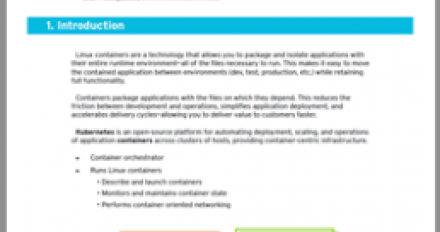
DevNation 2015 - Tyler Jewell - Contribute to any open source project with Eclipse Che & Codenvy
The biggest inhibitor to open source contributions is developer environment configuration. Developers want prepackaged environments ready to code, with nothing to install. Some estimates indicate that nearly 100 billion gigabyte hours are lost due to configuration problems each year. What if any project could be built or debugged without installing software? We'll explore the emerging market around cloud development and how developer work spaces can be provisioned, shared, and scaled. In this session, you will: Learn about Eclipse Che and Eclipse Cloud Development, a technology stack for eliminating configuration from the lives of development teams. Hear about an opinionated git and gerrit flow that enables tested pull-and-change requests to be submitted without the overhead of project configuration. See a demo of how popular open source projects like Spring, Apache TomEE, Orbeon, and WSO2 have written their own provisioning capabilities. We'll also demo an integration with WildFly that shows you how to quickly make a contribution without installing any software.
























